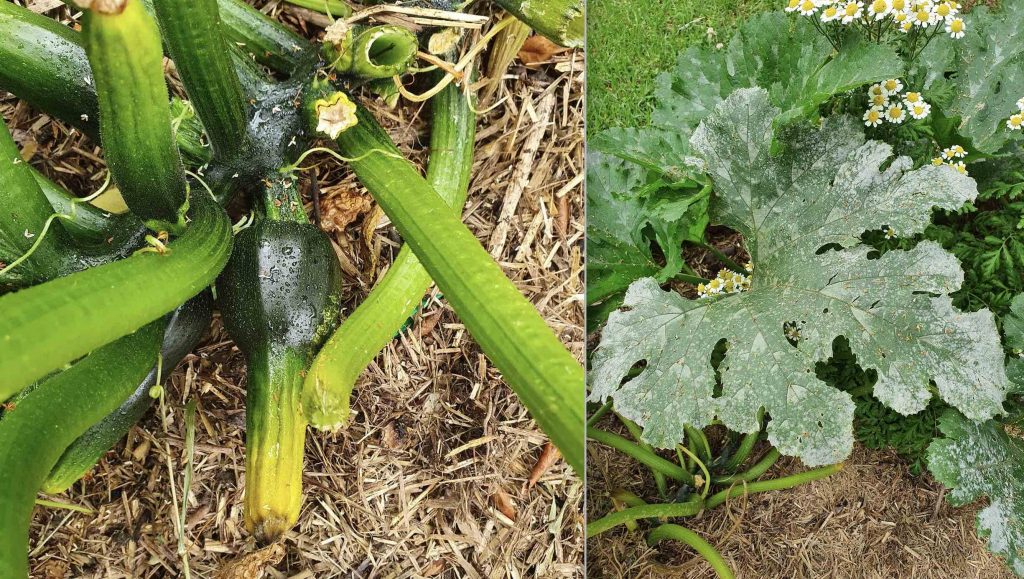2020 was the year that everyone discovered gardening!!
Well that’s the way I’m choosing to remember the year that would otherwise be best forgotten. How much difference a year can make. This time last year, we could never have imagined the world events and changes to society that were brought about by COVID-19. With that aside, our gardening world has also seen some significantly changes too.
The Bureau of Meteorology has declared that we are currently experiencing a weather pattern known as La Nina in Australia. We might have mistakenly settled into the previously familiar drought conditions brought on by the opposite pattern, El Nino, but we’d be wrong. From raging bushfires and water restrictions just a year ago, how dramatically different is our summer in Eastern Australia now!
But what does it all mean to us in the garden?
The La Nina weather pattern is characterised by increased rainfall, lower day temperatures but higher average night temperatures. This means that we can expect wet conditions, drainage problems, leaching of nutrients and increase incidence of fungal diseases in the veggie patch. All of these can lead to disaster for our home grown veggies! But don’t panic because I have some suggestions to help you get on top of it.
La Nina occurs when stronger Equatorial trade winds lead to changes in ocean currents bringing deep cool water to the surface. Warmer surface water means that more moisture is lifted into the air than normal, creating cloud cover. The heavy clouds bring more rain and storms occur more frequently, so plants can be damaged through this wild weather and hail. Storm and hail protection in the garden will be a good idea especially for those in northern parts of Australia.
Increased cloud cover acts as a barrier to sunlight, making daytime temperatures less extreme than what we saw last year. You might perhaps think that this can bring a bit of respite, but cloud covering overnight, however, acts as an insulator and leads to warmer, balmy nights. Humidity stays high providing favourable conditions for fungal infection.
You will probably notice, if you haven’t already, more powdery mildew on cucumbers and zucchinis and wilt on your tomatoes. This usually happens towards the end of the season and normally shows us that it’s time to remove our summer crops to make way for new season crops. But when it happens this early, we are at risk of not even getting a decent harvest before the season is out. Blossom end rot might also show up on zucchini and tomatoes after excessive rain but it is due to an underlying calcium deficiency in the soil.

So here are a few tips to get the most out of your veggie garden during the La Nina effect.
- To prevent heavy clay soil staying damp from all the rain and rotting the roots of your plants, build raised garden beds for growing your veggies in. Drainage is much better in raised beds.
- Spray your cucumbers and zucchini regularly with a bicarb spray (1/2 teaspoon in 2 cups of water and a few drops of vegetable oil) until powdery mildew is under control. Reapply after rain.
- Give your container grown veggies liquid fertiliser every 2 weeks to maintain high nutrient levels and replace the minerals that have been leached from too much rain.
- Give your tomatoes and zucchini a dose of calcium to prevent or treat blossom end rot. Garden lime or dolomite can be scratched into the soil under your mulch but will take a month to work, so try a liquid calcium solution instead for faster results.
- Increased rain can make your veggies split. You might notice the skin splitting on your tomatoes or see deep furrows on your root crops. These splits become vulnerable to secondary mould so harvest them before disease sets in. Read more
- Remove the lower leaves and reduce the number of branches/stems on your tomatoes to improve airflow around your plants and limit the spread of wilt. Read more






 Twitter
Twitter Facebook
Facebook